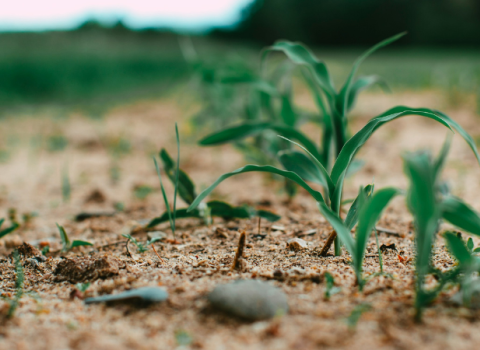Licensing opportunity
Researchers at The Robert Gordon University, Aberdeen, UK, have developed an in-situ heavy metal sensor for contaminated land. At present soil samples of soil from suspected contaminated land has to be transported back to the lab and analysed on a workbench-based spectrometer. Tech-transfer web portal university-technology.com says that the new sensor can provide an alternative that guarantees a prompt, cheap and effective result.
The sensor is an electrochemical instrument that can gather real-time quantitative data on a range of heavy metal contaminants, and can be used on land or water. It works by determining the oxidation state of metal, which is a measure of the metal’s toxicity, and generates accurate results without the need for adjustment of sample pH.
The main benefit of sensor, says university-technology.com, is that as a hand-held, portable device it can be used on site. Its embedded hardware and software automatically detects and identifies a range of heavy metals, and it can measure the concentration of heavy metal in any given sample. A graphic display has been included to enable friendly operation and reduce the need for skilled personnel.




 A unique international forum for public research organisations and companies to connect their external engagement with strategic interests around their R&D system.
A unique international forum for public research organisations and companies to connect their external engagement with strategic interests around their R&D system.